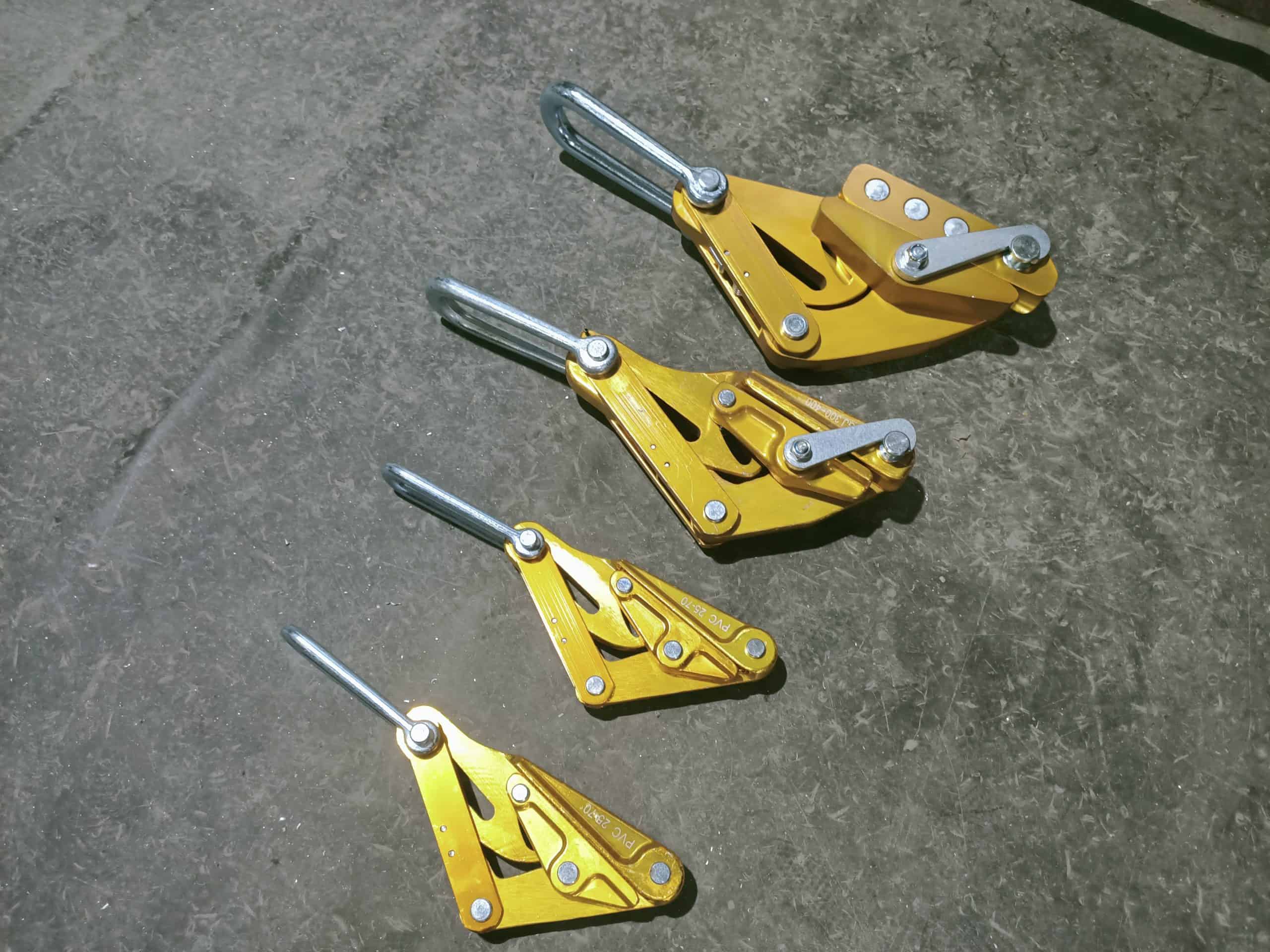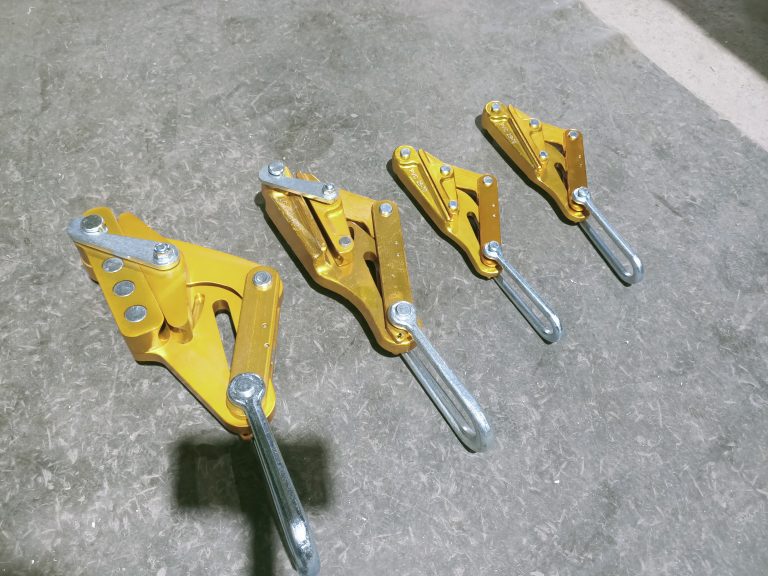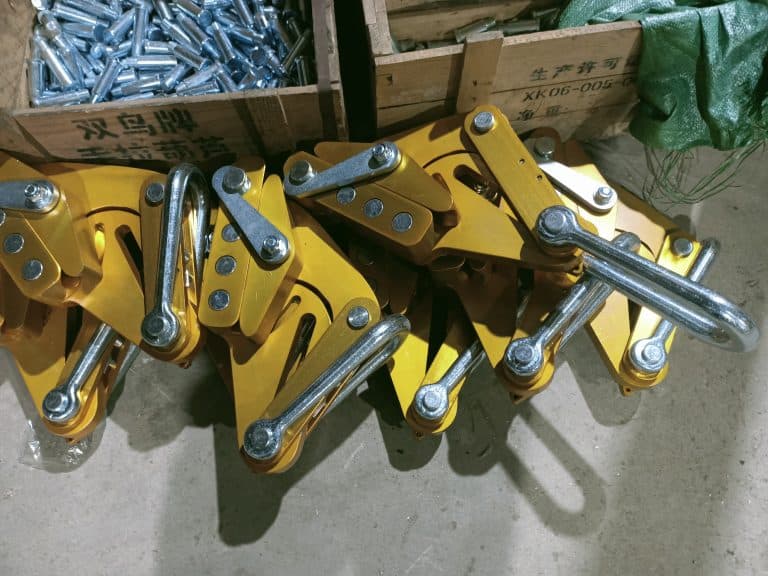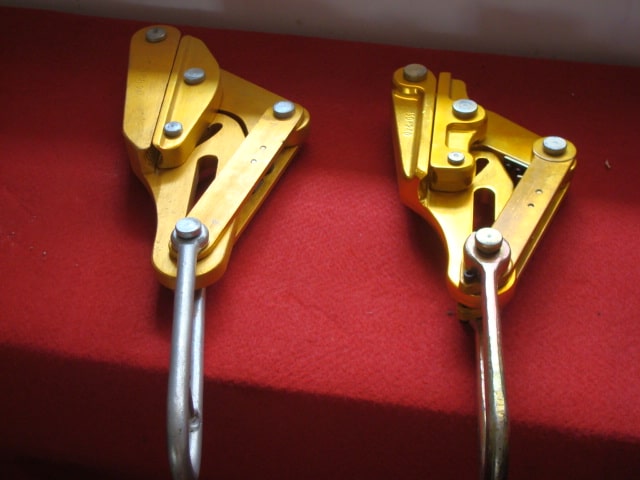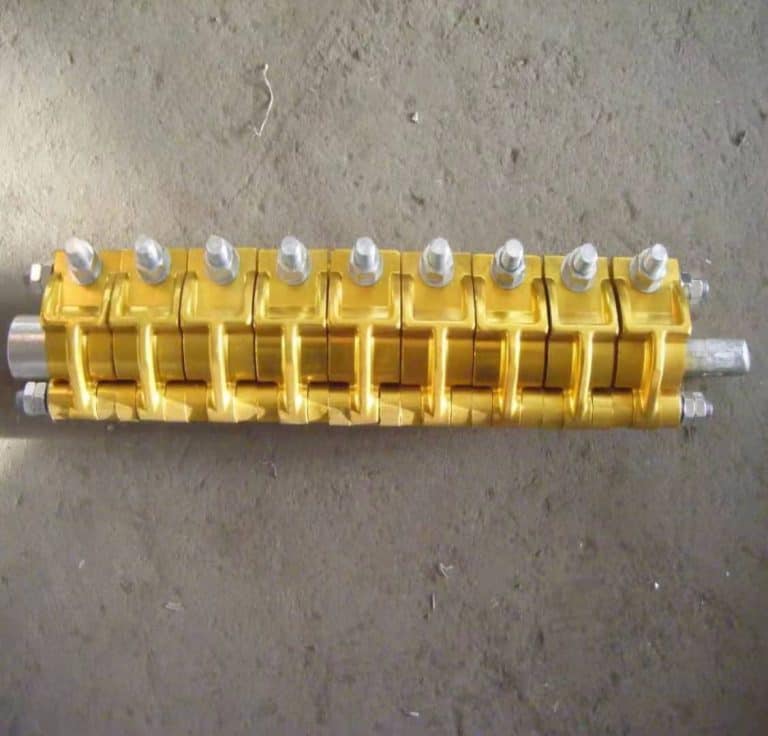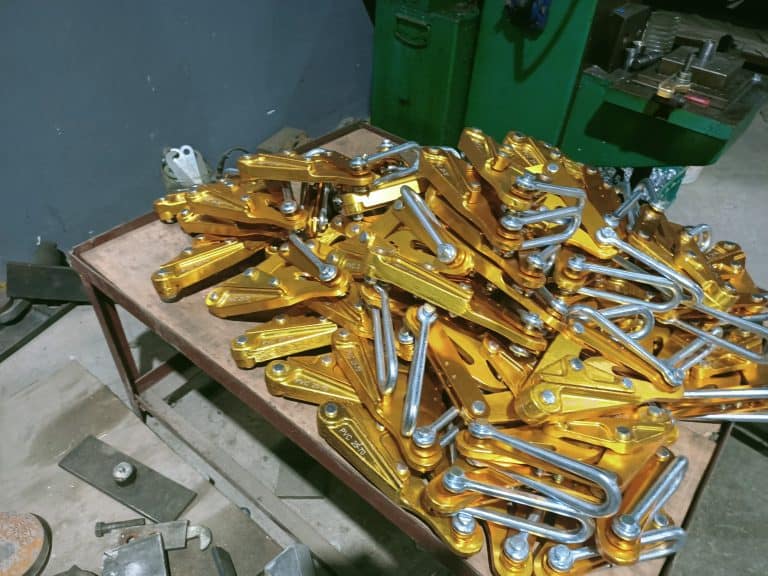How to choose the proper cable pulling clamp for power line transmission work?
Cable pulling clamps are essential tools for professionals in the power line transmission industry. They…
Cable pulling clamps are essential tools for professionals in the power line transmission industry. They are used to grip and hold cables securely in place, making them ideal for a range of applications, including cable pulling and tensioning. However, with so many different types and models of cable pulling clamps available on the market, it can be difficult to know which one to choose. In this article, we will discuss how to choose the right cable pulling clamp for power line transmission work.
The first consideration when choosing a cable pulling clamp is the type of cable being used. Different types of cables require different types of clamps. For example, a steel cable may require a different type of clamp than a copper cable. It is important to choose a clamp that is specifically designed for the type of cable you are working with.
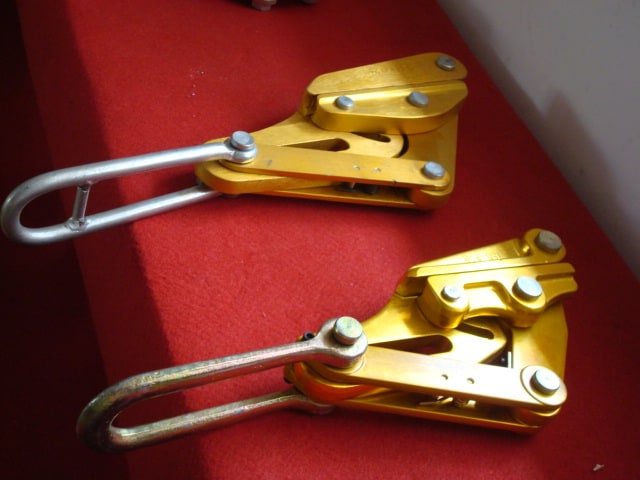
The second consideration is the size of the cable. Cable pulling clamps come in a range of sizes, so it is important to choose a clamp that is the right size for the cable you are working with. A clamp that is too small will not provide enough grip, while a clamp that is too large may not be able to hold the cable securely.
The third consideration is the amount of tension required. Cable pulling clamps are designed to provide a certain amount of tension, so it is important to choose a clamp that is suitable for the amount of tension required for the job. Choosing a clamp that is too weak will not provide enough tension, while a clamp that is too strong may damage the cable.
The fourth consideration is the working environment. Cable pulling clamps may be used in a range of environments, including underground cable installations and overhead power line construction. It is important to choose a clamp that is suitable for the environment in which it will be used. For example, a clamp that is designed for use in underground cable installations may not be suitable for use in overhead power line construction.
Finally, it is important to consider the quality of the clamp. A high-quality clamp will be made from durable materials and will be designed to withstand heavy use. It is important to choose a clamp that is well-made and built to last.
In conclusion, choosing the right cable pulling clamp for power line transmission work requires careful consideration of the type of cable, the size of the cable, the amount of tension required, the working environment, and the quality of the clamp. By taking these factors into consideration, you can choose a cable pulling clamp that is suitable for the job at hand and that will provide reliable performance for years to come.

